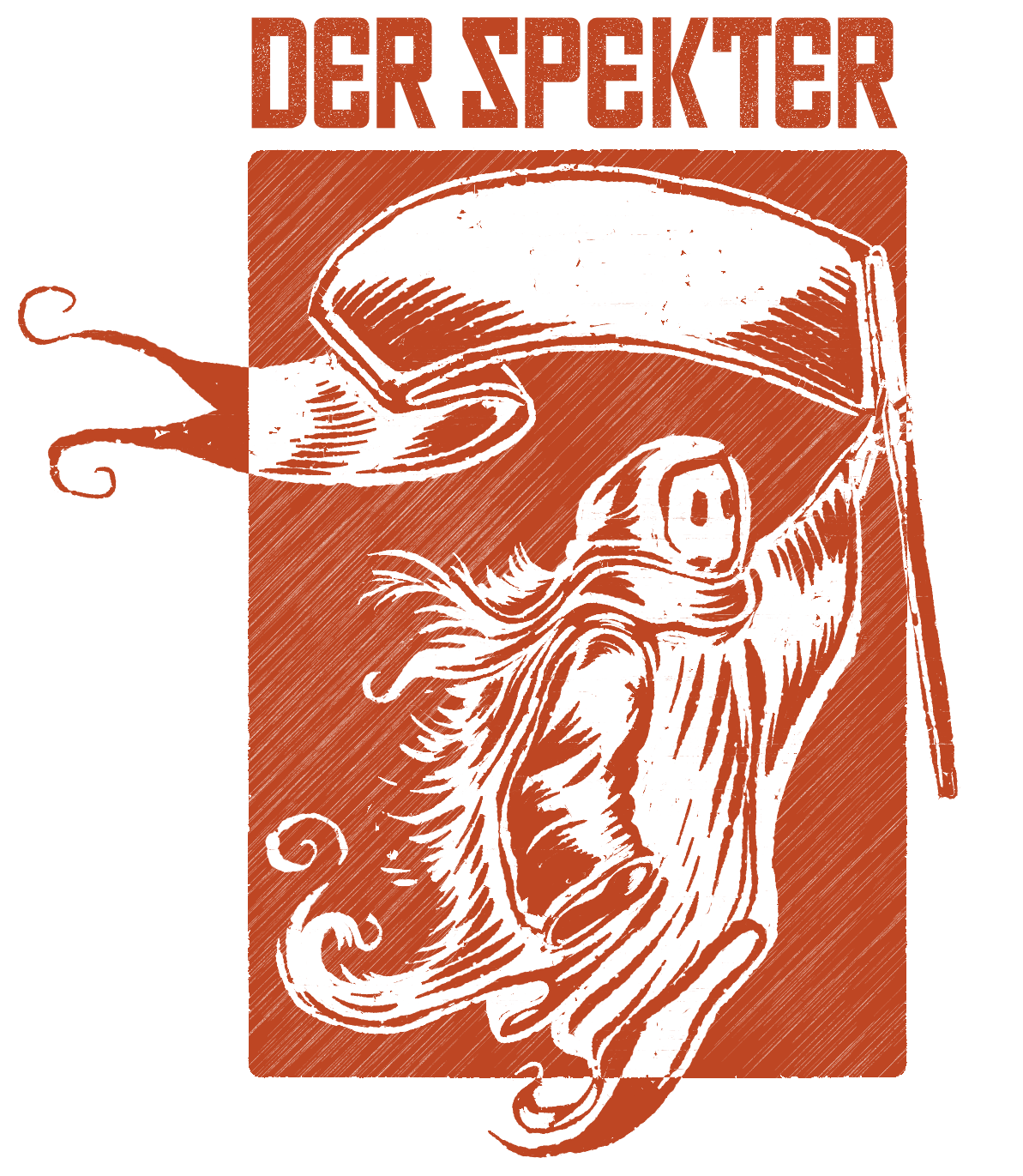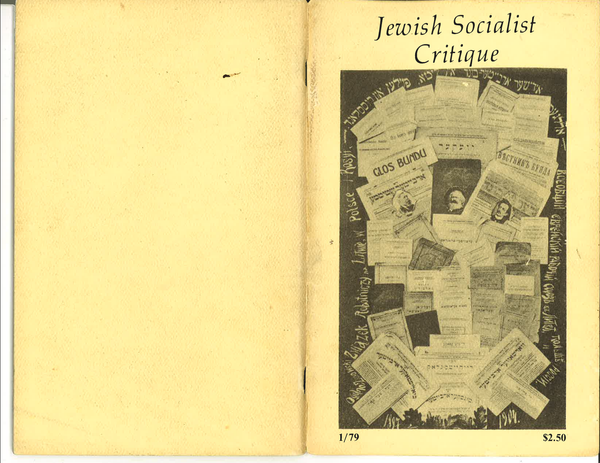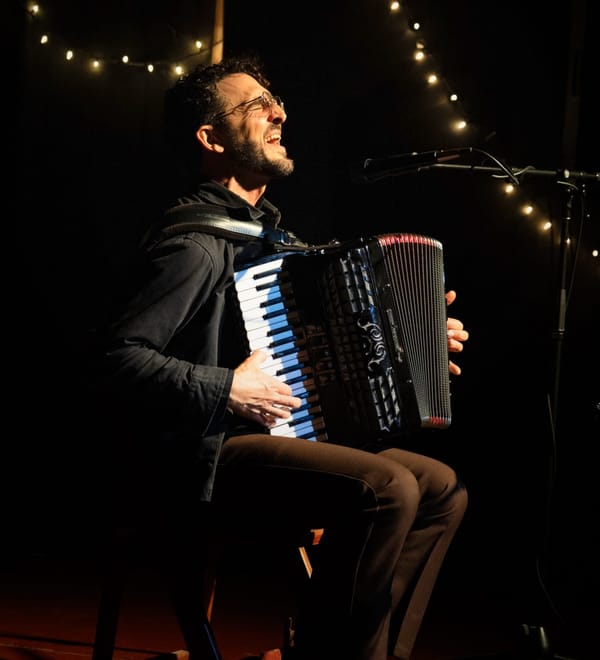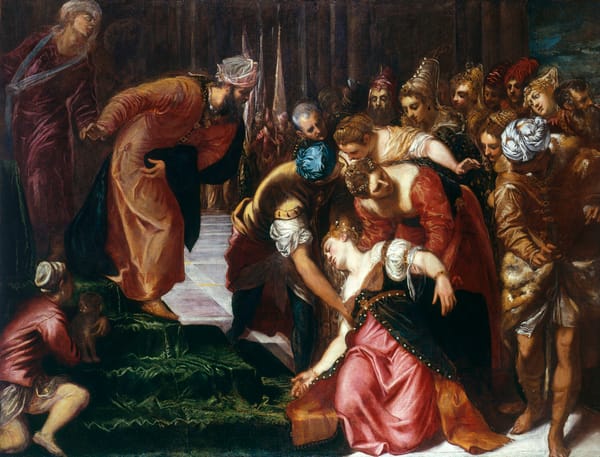Introducing the ‘Tuers’: translations from Doyres Bundistn, part 1
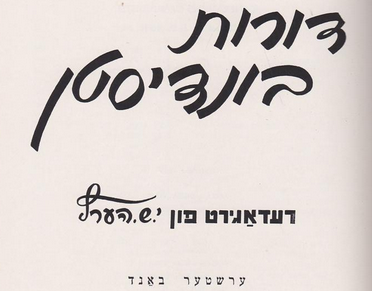
Translator’s Introduction:
דורות בונדיסטן [Doyres Bundistn] was edited by the Bundist Jacob Sholem Hertz, who published many books about the history of the General Jewish Labor Bund. These three volumes contain over 500 short biographical entries about rank-and-file Bundists by various authors.
The Bundist term for an activist, “tuer” (lit. ‘do-er’), placed an emphasis on what one did over one’s formal position in the movement, so it is no surprise that this chronicle of tuers includes both prominent personages such as Pati Kremer and relatively unknown organizers who nonetheless dedicated their lives to the movement. These biographies vary in length and style, but they all provide insights into the history of the Bund and its organizing, as well as how the Bund functioned from a bottom-up perspective.
The following is the first installment in a series of original (and to my knowledge, the first) English translations of several short entries on the Bundist tuers. This edition includes entries on Rashel Abel, Dr. Berl Fridman, and Shiye Goldvasser, all contained in the third volume, which has been digitized by the Yiddish Book Center. The stories conveyed in these short biographies help to illuminate the Bund’s complex political position during the early 20th century, from Fridman’s fight for national cultural autonomy in Austria-Hungary to Goldvasser’s anecdote about street fighting with communists.
I am a Bundist undergraduate history student, not a professional translator, and welcome critiques of my work. I do not necessarily plan to translate the biographies within Doyres Bundistn in order, as each entry stands on its own. However, I hope that my translations, however imperfect, make the stories of remarkable Bundists like Abel, Goldvasser, and Fridman accessible to a wider audience. I began this project because it is deeply important to me that as we seek to learn from the history of the Bund, we remember not just the lives of the Henryk Erlichs and Vladimir Medems of the world, but the rank-and-file tuers who smuggled books, hosted illegal gatherings in their homes, wrote songs, and raised funds for the Bund, often at great personal risk. I hope to continue sharing entries from Doyres Bundistn with you in the coming weeks. Khavershaft!
Rashel Abel
Of her 46-year life, she gave 33 years to the movement – the Bund. At the age of 12, she already stood in the ranks of the Klayn Bund. A few years later, she took part in the professional movement and became a member of the professional administration of illegal garment workers’ unions in Vilna. At the same time, she took an active part in party activities, spread literature, hid weapons, and organized Bundist gatherings.
For the 10-year anniversary of the Bund in 1907, an illegal celebration was arranged in the Govogrodne suburb of Vilna, Lithuania. This was disguised as an engagement celebration: the “groom” was A. Litvak and the “bride” – Rashel Abel.
In the time of the German occupation during the First World War, she was active in building kitchens and tea halls for the unemployed. In independent Poland, she was one of the founders of the Society of Jewish Working-Women — YAF. Until the end of her life, she was in the leadership of the organization. At the same time, she devoted a great deal of effort to supporting the children in the Yiddish secular schools.
Rashel Abel died in the month of July 1936. A large crowd attended her funeral. There were speeches at her grave by the Bundist tuers Ane Rozental, Yosef Aronovitsh, and Berl Vidman. The crowd bid her farewell by singing the Bundist Shvue and the Internationale, joined by her orphaned daughters, the Tsukunft member Khaya and the SKIF member Hinde.
Entry written by: Y. Antokolski, Doyres Bundistn V3 P. 454-455
Dr. Berl Fridman
Born in the village Seret, in Bukovina, to frum [religious] Hasidic parents. He was sent away to a Yeshiva and was expected to grow up to become a Rabbi. When the 18-year-old bocher [young, unmarried male religious student] made a “revolution” and ran away from the Yeshiva, he didn’t know how to read or write, except loshn koydesh [Hebrew]. For several years he labored hard, literally starving, until he took the Matura-Exam in a gymnasium and went away to a Vienna university to study law. Later, he became active in the socialist movement.
In the First World War, Fridman was an officer in the Austrian Army. After the war, he opened a law office in Czernowitz. He had by then already become known as a tuer in the Jewish worker’s movement – in the Jewish Social-Democratic Party of Galicia and Bukovina (ZPS), and later became one of the most important tuers in the Bundist organization, which was built up after the war in Bukovina and later in other parts of Romania.
In Bukovina after the First World War, a Jewish National-Council was formed, which was recognized by the Kingdom as the public-legal representation of the Bukovina Jews and received royal functions in the area of the royal school-system. Fridman was one of the vice-presidents of the National-Council and the strongest driving force in the pursuit of transforming the National-Council into a permanent institution of national-cultural autonomy for the Bukovina Jews.
When the Bund had built up its cultural institutions, Fridman set aside his role as the head of the large organization ‘Morgenroyt’ and kept the function of a chairman for a period of years (later comrade Wilhelm Ipen, who ended his life in exile in Siberia, took his position). When the Bund won a great victory in the Kehilla election in Czernowitz, Fridman became the chair of the Bundist faction, and as such, he was selected as the vice-president of the Czernowitz Kehilla.
During the years when the ‘Greater Romanian’ Kingdom existed, between the First and the Second World War, Fridman stood in the front ranks of the Bund. With his sympathetic outward appearance, with his boiling-hot temperament, with his sharp and clever folk-sayings, he was a distinguished type of folk intellectual. Beloved and revered by comrades and friends and highly regarded even by party-opponents, he was one of the best representatives of the Bund in all political actions and in all party institutions. His home – the “House Fridman” – had a name as the most hospitable house for young and old from the socialist movement, but especially for the youth, because at home Fridman himself raised a ‘cell’ of the youth-organization, two girls and two boys, who followed in the path of their parents. His wife, the comrade Laura Fridman, always received the young friends of her children with the warmest motherly hospitality.
In 1933, when Romania began its openly fascist course, an especially hard time began for the Fridman family. It was no longer possible for the Bund or for the socialist movement in general to act openly. The Romanization of the courts was led with an iron fist, and the lawyer Fridman, who had not learned the Romanian language well enough, was unable to work in his profession for some years under the new course. Moreover, his youngest son, at the age of 16, had already become acquainted with the Romanian “Siguranța” (political police) and with Romanian prisons, and under these circumstances he was forced to abandon Czernowitz.
In 1934, the Fridmans moved over to Bucharest. The “House Fridman” fell silent and withdrew from open activities, but, of course, it remained a socialist home. Bukovina comrades knew the address whenever they came to Bucharest.
Fridman’s older son, Max, who served in the Romanian army in the Artillery, went to join the Republican army in Spain during the civil war and went missing there. It is unknown what became of him. His daughter, Beate, is a talented actress of the Romanian stage. In the difficult times of fascist Romania, they allowed her to perform theater for a short time, but exclusively for Jewish audiences.
Dr. Berl Fridman was about 70 years old when he died in Bucharest, in the year 1941. His wife Laura died in Bucharest after the Second World War.
Written by Dr. Y. Kisman, Doyres Bundistn V3 P. 250-251
Shiye Goldvasser
Born in the year 1905 in Bialobzheg, Radomer Governorate, Russian-Poland – shot by the Nazis in 1942 in the Warsaw prison Pavyak. His father was a poor master-craftsman. Shiye’s childhood years were full of hardship. In the early 20s he came to Warsaw, where his older brothers, Bundists, already lived, in order to learn a trade and receive a little education. He had to make difficult efforts to get bread and knowledge. He became a member of the Youth-Bund Tsukunft and became active in it.
Shiye had uninterrupted contact with his home-town and often went home, where he helped to build and strengthen the Bundist movement. As in Warsaw, in Bialobzheg he remained in active struggle with the communists, who were not picky in their means of struggle against the Bund and all its branches. In 1936, communists attacked him in Bialobzheg and beat him so badly that it left him deaf.
In 1939, when the Second World War broke out, Shiye together with his older brother Kopl fled with the flow of refugees from Warsaw. They went to Baranovitsh. Finally, the Bolshevik terror regarding the refugees sent both back to Warsaw to their wives, children, and elderly parents. In Warsaw, under the murderous Nazi regime, they survived all the pain of the Jewish people. Both brothers worked as tailors in the Warsaw prison Pavyak.
Shiye knew every day when he went home and in the morning that he had to go back to provide work. The committee of the underground organization of the Bund took advantage of this, in order to keep in contact with the Bundists who had been arrested in Pavyak or to send something past the prison guards to them. In 1942, both brothers Goldvasser together with a group of Jews were taken to the courtyard of Pavyak and shot there.
Written by Ben Shlomo, Doyres Bundistn V3 P. 457
Translation March 2025 by: Sam Hirshberg
